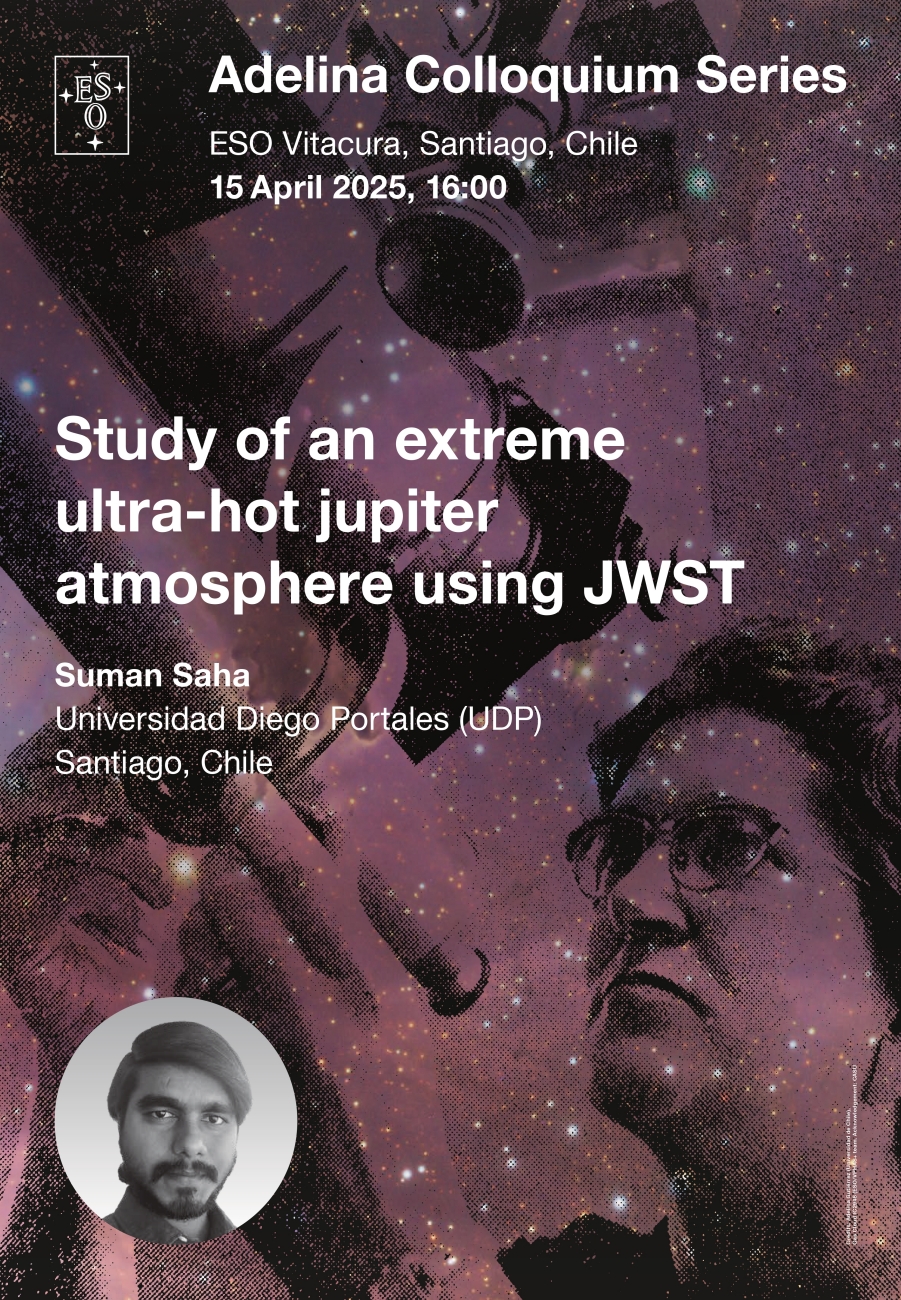Study of an Extreme Ultra-Hot Jupiter Atmosphere Using JWST
The extreme ultra-hot Jupiters (EUHJs) are a distinct group of UHJs with the most extreme characteristics, i.e. they are both extremely hot and have a highly inflated atmosphere. Out of the large number of hot Jupiters known today, only 6 have been categorized as EUHJs. This raises the curiosity to understand the unique evolutionary scenarios that have resulted in these extreme worlds. We have used the transmission spectroscopic observations of an EUHJ, WASP-178b, observed through the NIRSpec/G395H instrument on board JWST, to characterize its atmospheric properties and trace its evolutionary origin. The raw spectroscopic observations from JWST were reduced using two independent pipelines, i.e. Eureka! and exoTEDRF, resulting in 2D lightcurves, i.e. resolved in both wavelength and time. Each of these 2D lightcurves was then binned along the wavelength axis into 80 identical wavelength-dependent transit lightcurves, which were fitted simultaneously using TransitFit (which uses batman in the backend and performs a nested sampling algorithm using DYNESTY) to obtain the transmission spectra. In order to analyze the atmospheric composition from these reduced spectra, we have generated the synthetic atmospheric models using petitRADTRANS (pRT), and performed the atmospheric retrieval analyses using pRT retrieval routines. We have considered cloud-free models with the abundances of key molecular species, i.e. H2O, CO, CO2, SiO, as well as the planet’s temperature, radius, and bulk metallicity, as the free parameters for the retrieval. Leveraging the high S/N observations by JWST, we have estimated the abundances of H2O, CO, and CO2 precisely, which were detected with high statistical significance. However, we also refute the previous claim of SiO detection in this atmosphere. The precise estimation of the key molecular abundances helped us to constrain the C/O ratio to a precise supersolar value of 0.96 ±0.06, making WASP-178b one of the only few such known gas giants with a well-constrained super-solar C/O. This, along with the estimated supersolar metallicity, means that WASP-178b could have formed within the ice-line of its A-type hosted system, or migrated inwards early in its formation phase to accrete a large volume of inner protoplanetary dust and/or even engulfed inner planets/planetesimals.

